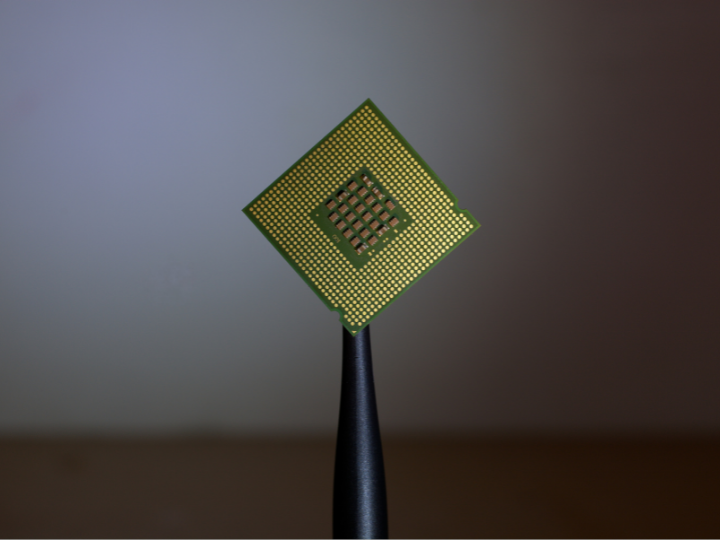by Rajnish Singh
Cricket, the sport followed religiously in both India and Pakistan, is a curious game it can last up to five days, only to end in a frustrating draw. In many ways, the recent air conflict between the two countries followed a similar pattern.
On 7 May, India launched Operation Sindoor, a retaliatory strike following the killing of 26 tourists in Indian-administered Kashmir. The operation targeted what India claimed were terrorist camps within Pakistan. Over the following five days, both countries exchanged air and drone strikes in the biggest air battle since the Second World War. By 13 May, five days later a ceasefire was agreed to avoid further escalation. Though neither side achieved a clear-cut military victory, the conflict featured over 100 aircraft, drones, and modern missile systems. It served as a stark glimpse into the future of warfare: rapid, high-tech, and intertwined with real-time information. For defence planners from London to Warsaw, the strategic lessons are serious.
Gone are the days of close-range dogfights made famous by films like Top Gun. This conflict saw aircraft engaging one another hundreds of kilometres apart, beyond visual range (BVR). Pakistani pilots flying Chinese-made J-10C fighters, armed with PL-15E missiles, reportedly shot down several Indian jets—including a French-built Rafale—without even crossing the border. This marks a significant shift in aerial combat. Europe’s own BVR missile systems, such as the Meteor, MICA, and the US-made AMRAAM, now face serious competition from Chinese alternatives. European air forces must accelerate investments in electronic warfare, sensor integration, and long-range missile development. In modern air warfare, range is the new stealth.
The use of drones played a central role. India employed Israeli-made Harop loitering munitions, while Pakistan used Chinese Wing Loong II UAVs. Dozens were shot down, but not before inflicting damage. This signals a shift: drones are no longer mere support tools—they are strategic assets. NATO and EU forces must rethink procurement to include both drones and counter-drone technologies, and develop the doctrine to match. The threat of drone swarms and autonomous strike systems over European skies is now real.
It was the combat debut of China’s J-10C, and it performed effectively. Pakistani pilots, flying the jet, successfully engaged and downed frontline Indian aircraft. This pairing of J-10C fighters with PL-15E missiles showcased the operational edge of Chinese aerospace technology. For Europe, the implications are both military and commercial. The effectiveness of these platforms is no longer theoretical. Defence companies like Dassault and BAE Systems must now reckon with a new, credible competitor. Following reports of a Rafale being downed, Dassault’s share price briefly fell, while Chinese arms manufacturers saw gains. The J-10C’s credibility on the global arms market has grown and expect it to be sold in Africa and the Middle East, regions where Europe could also be involved militarily.
Both India and Pakistan relied on layered air defence systems including India’s Akash and Pakistan’s HQ-9, to intercept threats ranging from drones to missiles. These systems operated under intense electronic warfare and played a key role in protecting vital infrastructure. For Europe, the lesson is clear: air defence must be layered, mobile, and continuously updated. Systems like the German-Italian SAMP/T and US-made Patriot batteries must not only defend cities but also move with and protect military forces. Integration across borders and rapid deployment must become the new norm.
Despite both nations being nuclear-armed, escalation was avoided. Behind the scenes, tight political control, back-channel diplomacy, and international mediation (involving the UK, Gulf States, and even Donald Trump) helped prevent a wider war. Ironically, Trump announced the ceasefire on social media before either government. However, both sides aggressively engaged in information warfare, spreading conflicting narratives, exaggerating victories, and concealing losses. Social media was flooded with disinformation, raising tensions and pressuring decision-makers. For Europe, particularly NATO countries bordering Russia, this dual challenge is highly relevant. Escalation control in a nuclear context demands clear communication channels and pre-defined red lines. Simultaneously, governments must be ready to wage an information war, leveraging open-source intelligence and rapid-response communication strategies to maintain public trust and shape narratives.
Though fought thousands of miles away, the India–Pakistan air clash offers a revealing preview of 21st-century air combat. It shattered assumptions about Western technological dominance, showcased the growing sophistication of Chinese systems, and demonstrated a new kind of warfare—where drones, data, and long-range missiles dominate the skies. For Europe, it is a wake-up call. Caught in often sluggish procurement cycles and legacy mindsets, EU forces must modernise rapidly. The future of warfare may have arrived not in Ukraine or the Baltics, but over the skies of Kashmir.




 By: N. Peter Kramer
By: N. Peter Kramer
